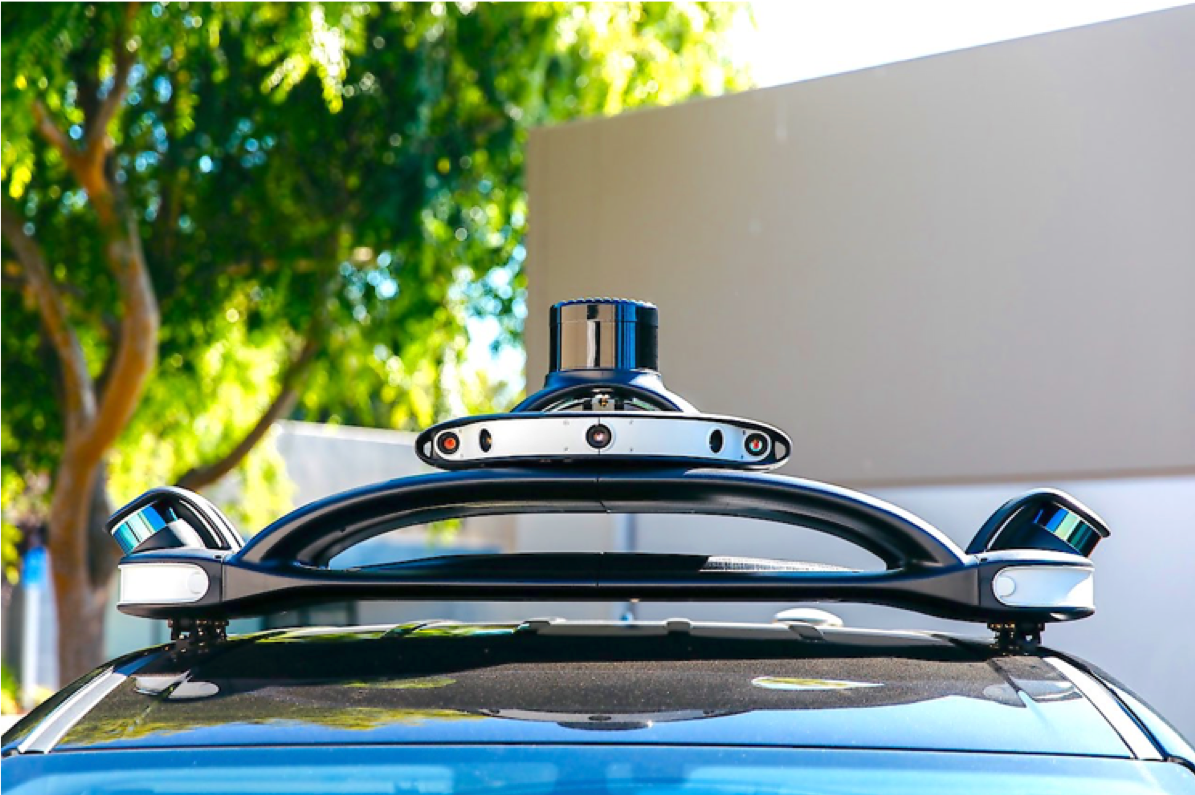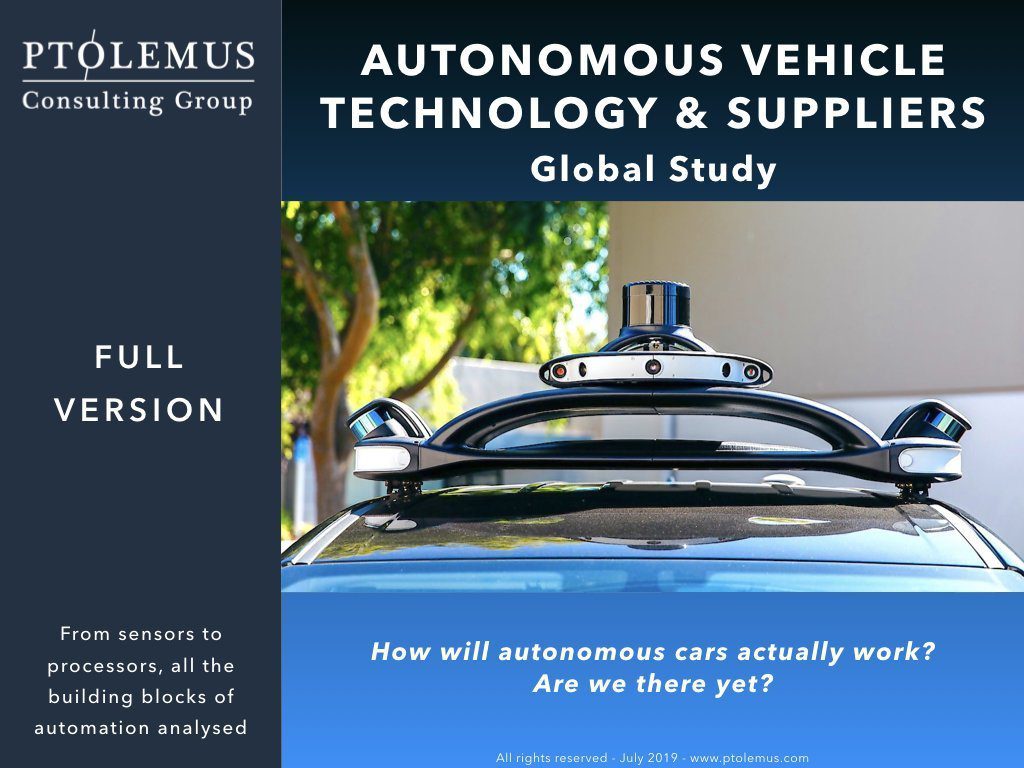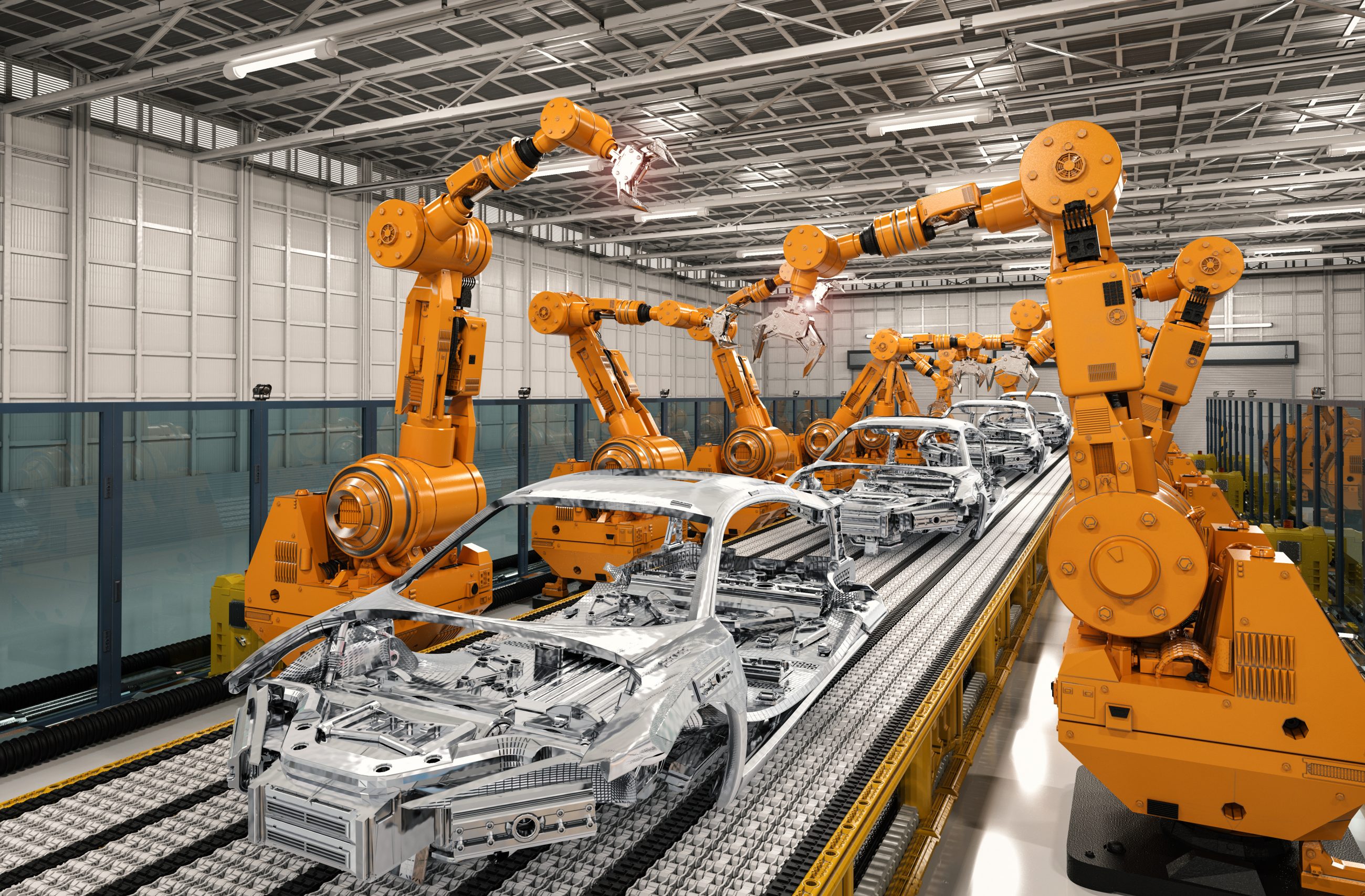Tesla Autopilot heading for a dead end?

Is Tesla Autopilot heading for a dead end? Is Elon Musk’s obsession against LiDAR sensors is leading Tesla’s AV strategy into the wall.
All OEMs – save Tesla – will use a full ‘cocktail’ of technologies to reach full automation.
Instead of relying entirely on radars and cameras like Tesla Autopilot, OEMs are using those in conjunction with LiDARs, HD maps and often high accuracy positioning (HA GNSS). Two years ago, most OEMs were adamant that sensors and AI would suffice. But high profile accidents have pushed the safety imperative, requiring extra layers of redundancy.
We predict that Elon Musk’s ‘good enough’ approach to automation with Tesla Autopilot will never be authorised by regulators worldwide.
However, this means that AVs will cost much more than Elon Musk is expecting. We predict that the full AV tech suite will still cost $10,000 for SAE level 4 in 3 years.
Which will make it impossible to launch fully autonomous private cars at a price below $100,000. Our global analysis of AV technology proves that the building blocks of automation will be available, reducing in cost but not sufficiently for private cars in 2022.
Is this the end for AV tech suppliers?
No. Because the first implementation scenario will be robotaxis, which can easily afford $200,000 price tags, as they can drive almost 24/7 and save on taxi driver costs. The mass market will see SAE level 4 being implemented only in particular use cases from 2021: Automated Valet Parking and Highway Drive.
Our Autonomous Vehicle Technology and Supplier’s Global Study is the world’s first cross-technology, cross-supplier assessment of the autonomous driving industry. It answers the critical questions of how and when ADAS-enabled and Autonomous Vehicles will hit the road and how much the technology will cost, based on a bottom-up analysis of all key layers.
The report, whose free abstract can be accessed here, leverages research on 80 tech companies and interviews with more than 20 suppliers including chip makers, sensor vendors and tier-1 suppliers.

